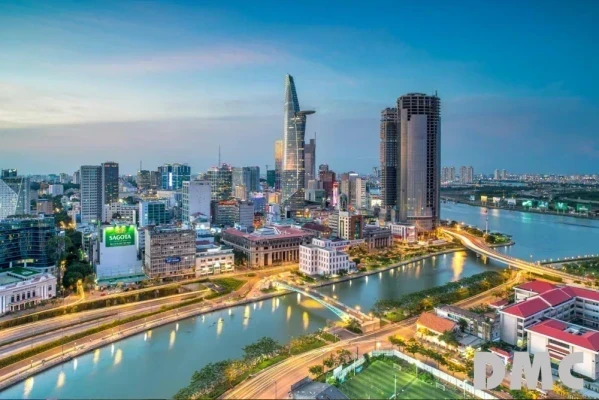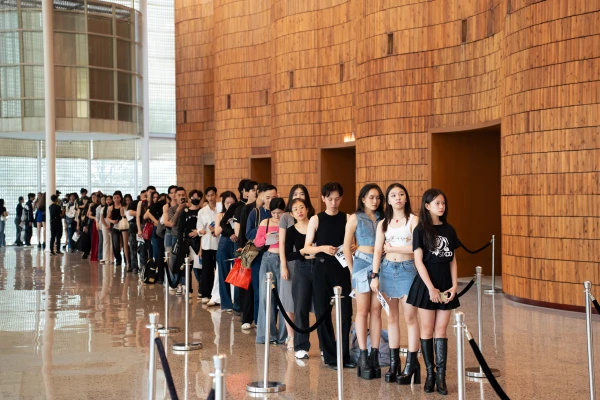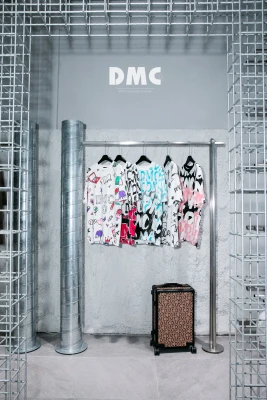10 Fascinating Destinations in Hanoi Through the Eyes of Foreign Travelers
In the eyes of international visitors, Hanoi has unique charms that make Vietnam’s capital stand out from any other city in Asia. Let’s join DMC by Do Manh Cuong to explore 10 must-visit places in Hanoi as recommended by foreign travelers!
10. One Pillar Pagoda

Located in the heart of Hanoi, the One Pillar Pagoda is an architectural masterpiece of Vietnam, also known as Mat Pagoda, Lotus Pagoda, or Dien Huu Pagoda. It was originally built in 1049 to recreate a dream of King Ly Thai Tong. The pagoda was constructed in the middle of a lotus-shaped pond, symbolizing purity. Although it suffered heavy damage during wars, it was reconstructed in 1955 based on its original design and still stands today.
9. West Lake
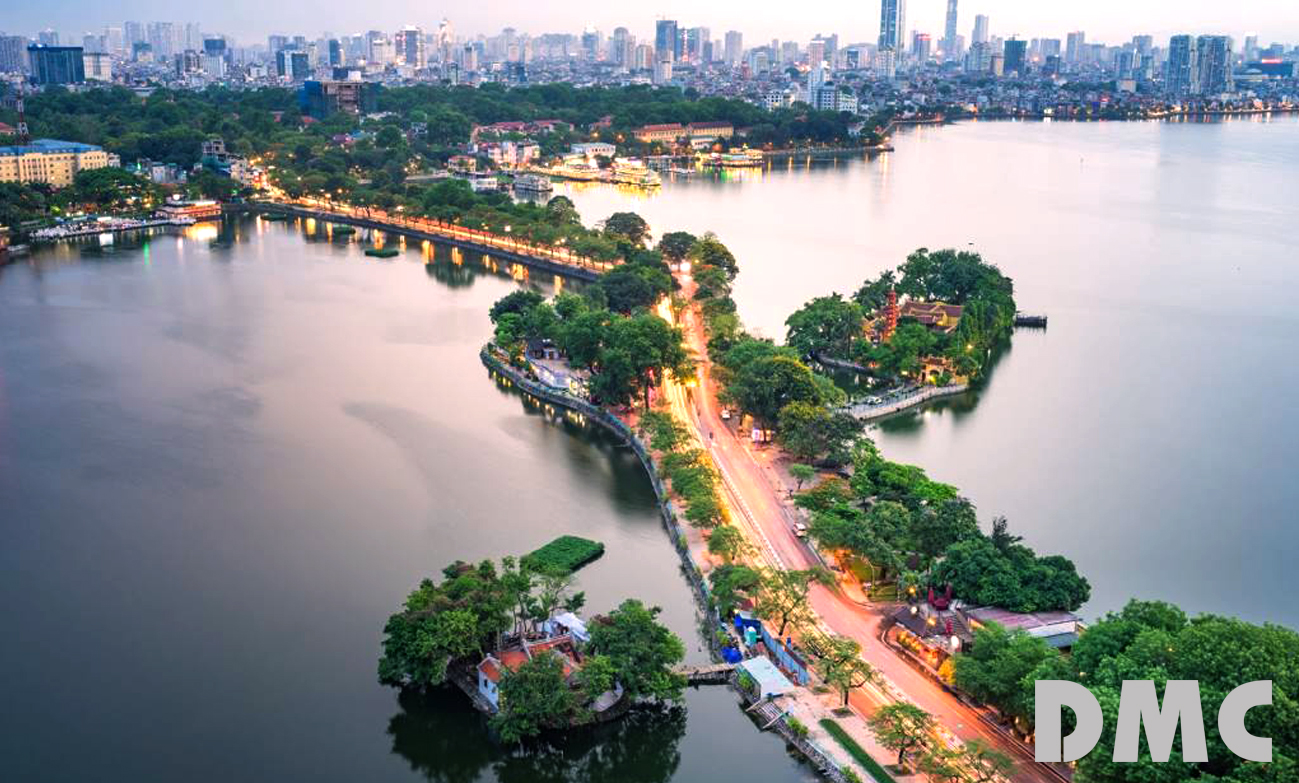
Just a short distance from the city center, West Lake is the largest lake in Hanoi and a favorite relaxation spot for both locals and tourists. The best time to visit is at sunset, when you can enjoy activities such as boating, cycling, or shopping. The area is also home to Tran Quoc Pagoda – one of Hanoi’s four most sacred ancient temples.
8. Thang Long Water Puppet Theater
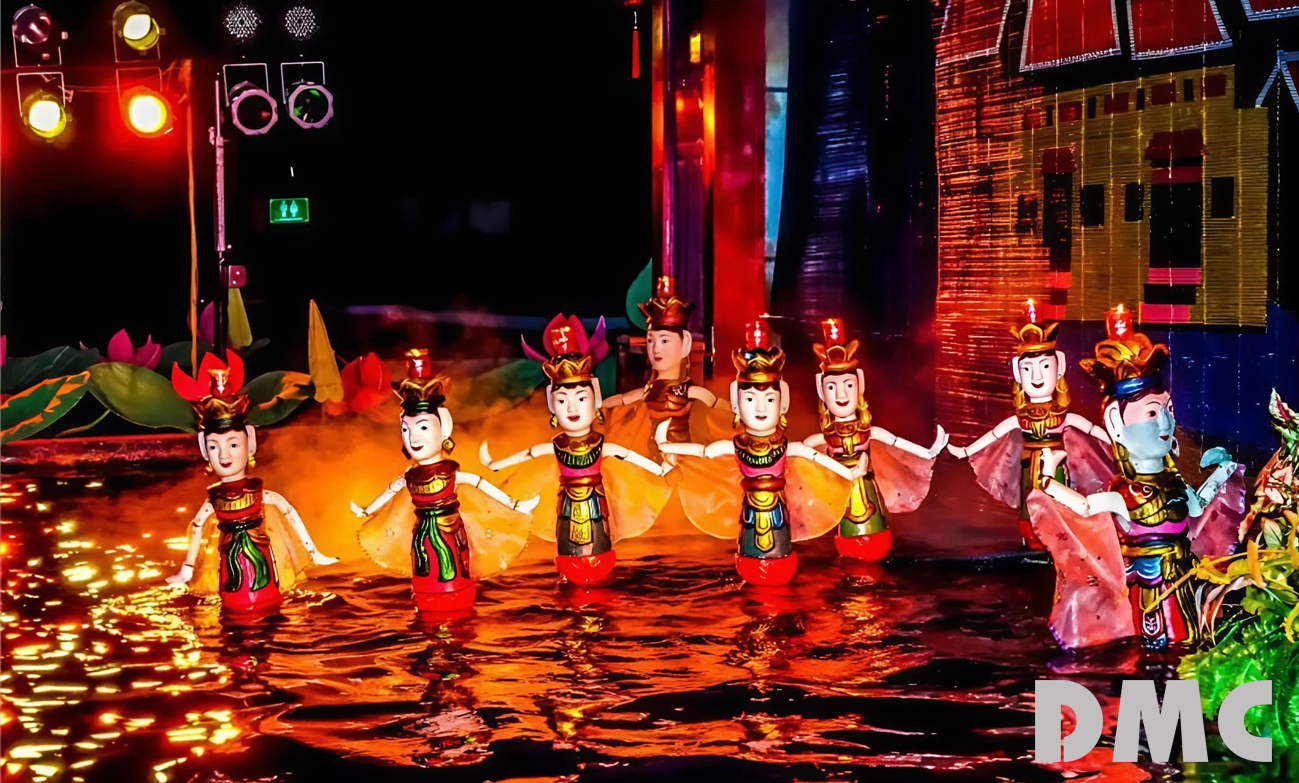
A cultural experience not to be missed in Hanoi is the Thang Long Water Puppet Theater, located near Hoan Kiem Lake. The puppets are performed on water and skillfully controlled by artists hidden behind a screen. The stories vividly depict Vietnamese rural life and traditions, making the art form especially beloved by foreign visitors.
7. Ho Chi Minh Mausoleum

The Ho Chi Minh Mausoleum is the final resting place of Vietnam’s great leader. Construction began on September 2, 1973, on Ba Dinh Square, where President Ho Chi Minh once read the Declaration of Independence. The Mausoleum is open five mornings a week—Tuesday, Wednesday, Thursday, Saturday, and Sunday. Visitors must follow strict rules: dress properly, remain orderly, and refrain from filming or recording inside.
6. Presidential Palace Historical Site
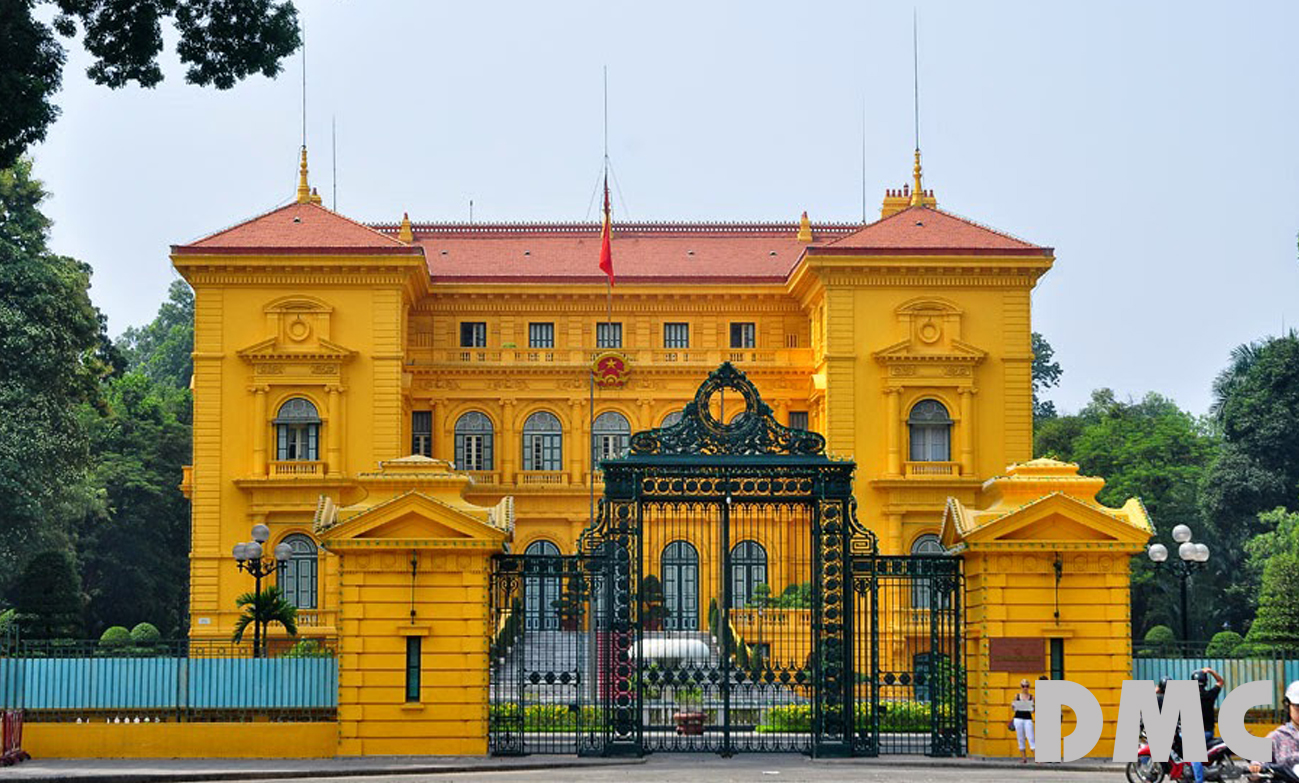
Behind the Mausoleum lies a humble stilt house where Ho Chi Minh lived during the 1960s. The residence reflects a traditional Vietnamese rural home, surrounded by a lush garden and a carp pond. The site also includes the Presidential Palace, originally built for the French Governor-General in the early 1900s. Today, it is reserved for hosting important foreign delegations and is not open to the public.
5. Hoa Lo Prison
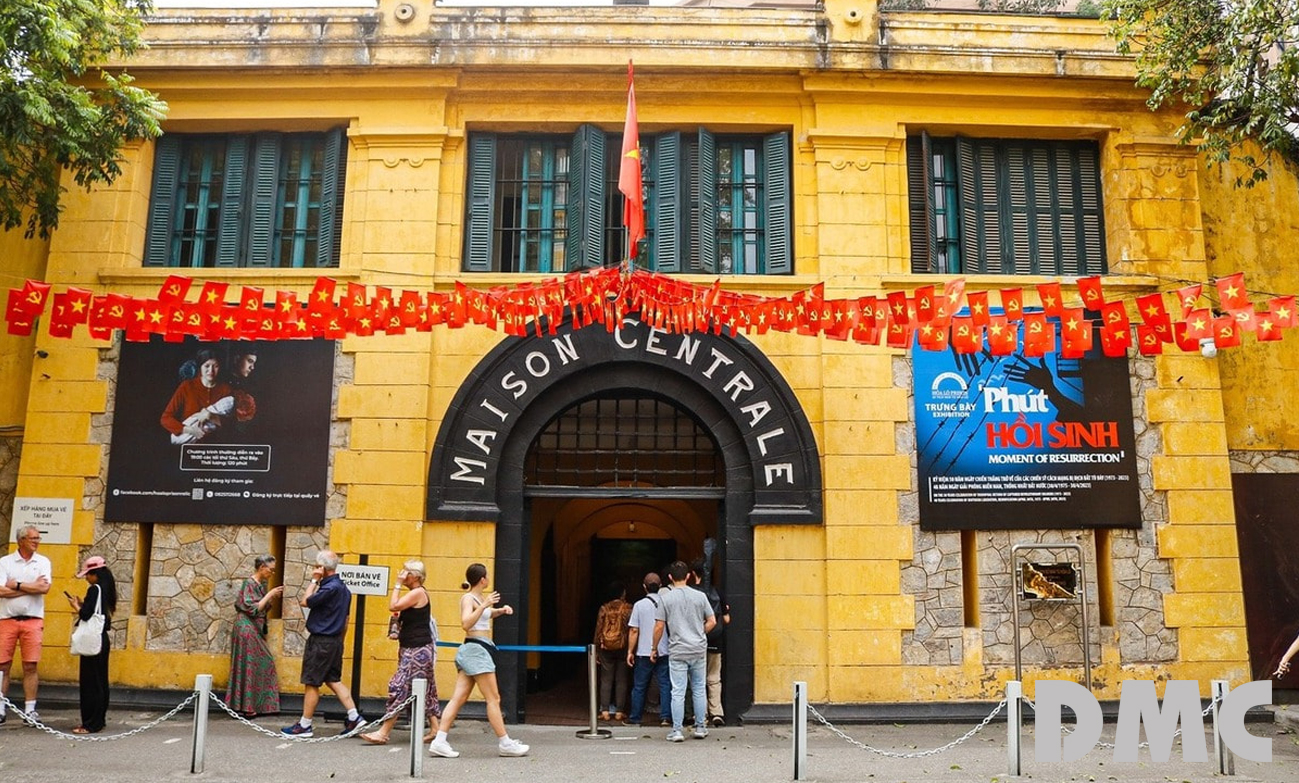
Built by the French in 1896, Hoa Lo Prison once covered more than 12,000 square meters and was one of the largest and most fortified prisons in Indochina. It was used to detain both criminals and political prisoners. Today, only a small section remains open for visitors, but the prison is listed among the world’s top 10 most notorious prisons.
4. Vietnam Museum of Ethnology
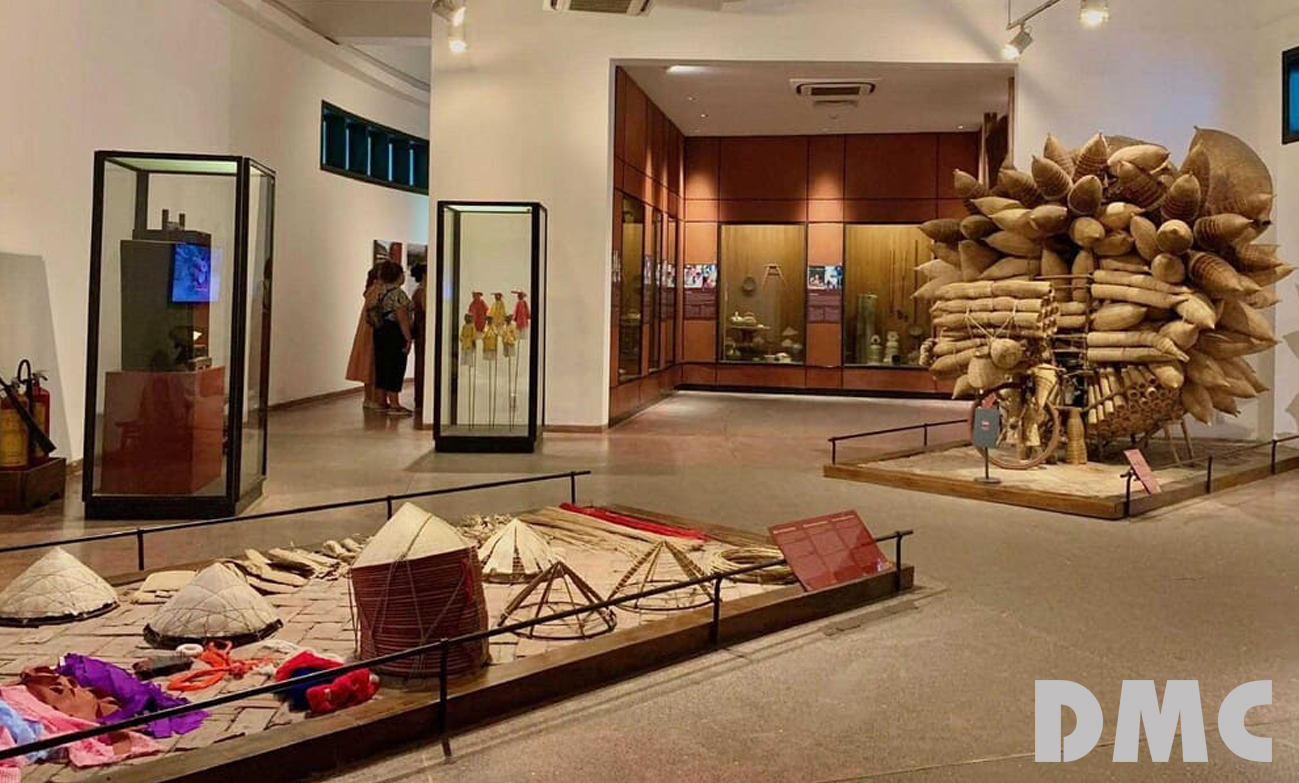
This museum welcomes visitors to explore the diverse culture of Vietnam’s 54 ethnic groups, from spiritual rituals to symbolic traditions. The museum is divided into three main areas: an indoor exhibition hall with a library and research facilities, an outdoor display area, and a section dedicated to international cultures, particularly from Southeast Asia.
3. Temple of Literature – Quoc Tu Giam
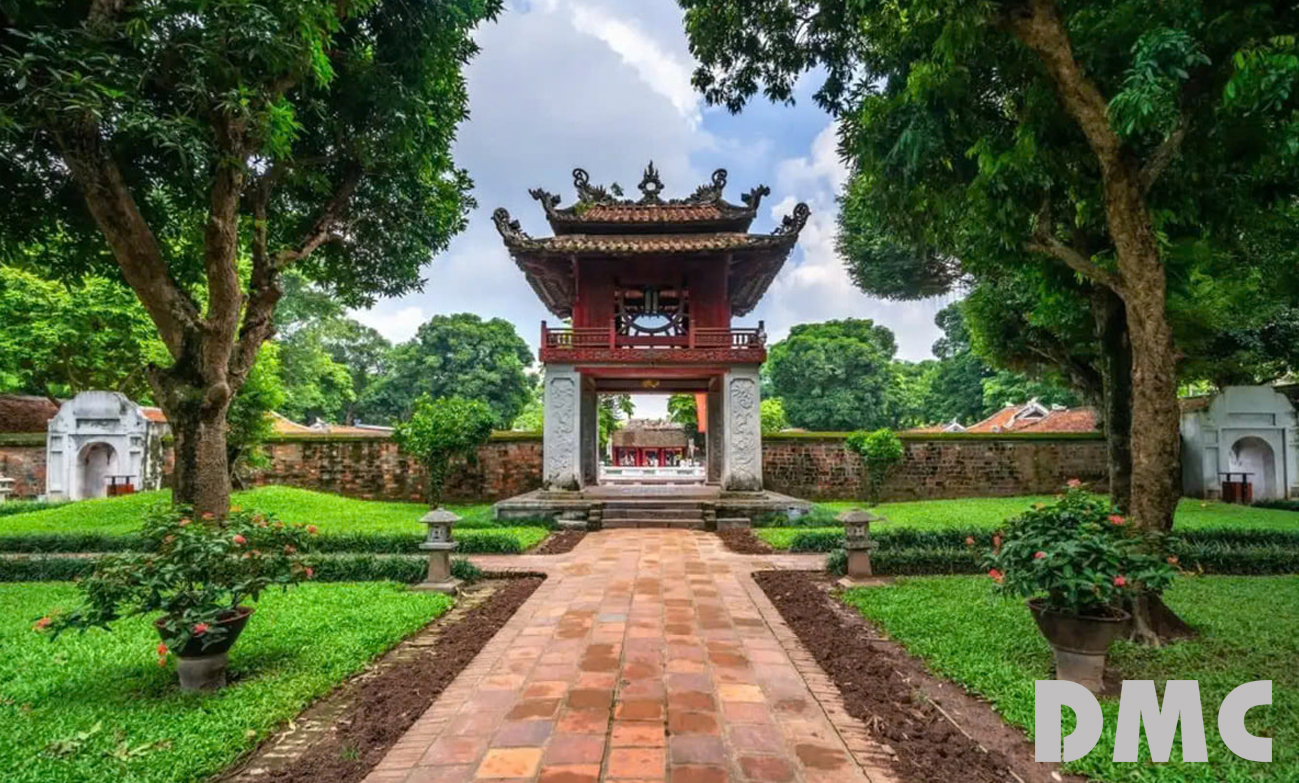
The Temple of Literature is dedicated to Confucius and houses steles of scholars, serving as Vietnam’s first national university. It was the site of imperial examinations to select the nation’s most talented individuals. Stone turtles carry engraved steles that honor scholars from Vietnam’s feudal dynasties. Today, the temple is a popular tourist attraction and also a place where students come to pray for luck before exams.
2. Hanoi Old Quarter
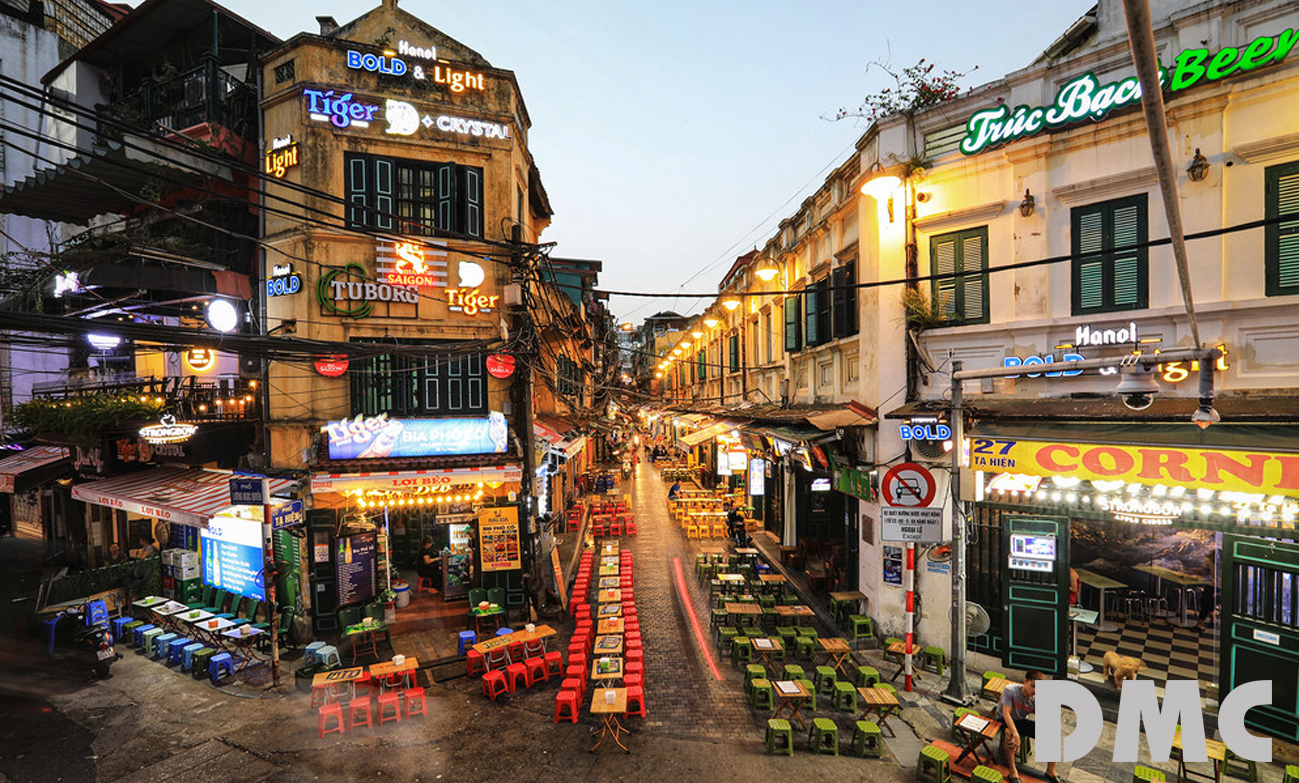
Perhaps the most iconic part of Hanoi is its Old Quarter with 36 streets, where many houses and lanes still retain their 19th-century charm. Strolling through the Old Quarter allows you to discover the city’s timeless simplicity and local warmth, offering an authentic glimpse into Hanoi’s soul.
1. Hoan Kiem Lake
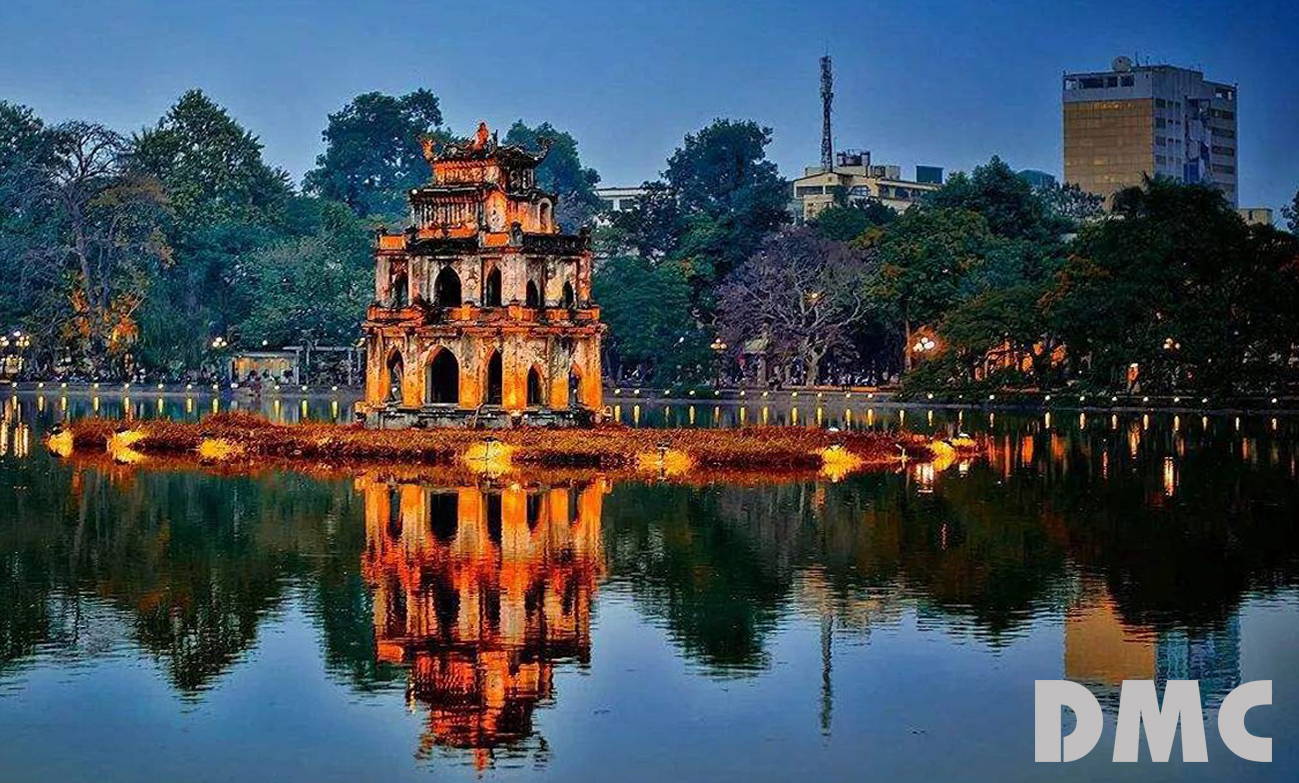
One of Hanoi’s defining features is its many lakes, with Hoan Kiem Lake at the very center of the city. It serves as a peaceful escape from the capital’s hustle and bustle. Around the lake are historic landmarks such as Pen Tower, Ink Slab, The Huc Bridge, and Ngoc Son Temple—treasured symbols of Hanoi’s heritage.












